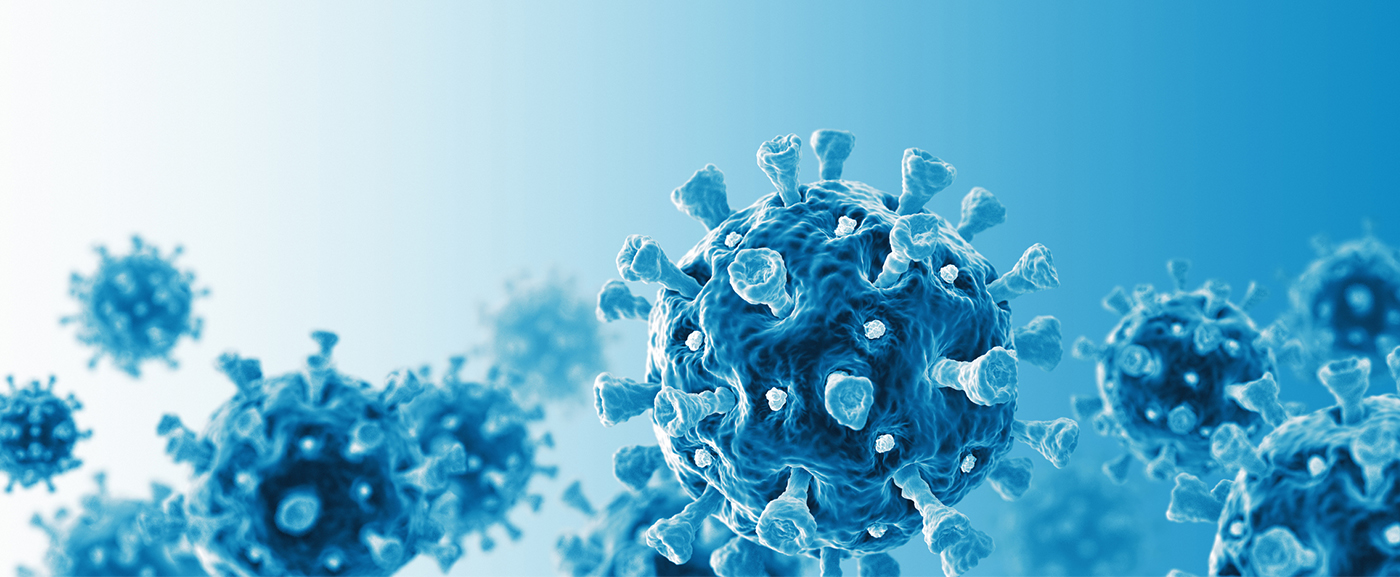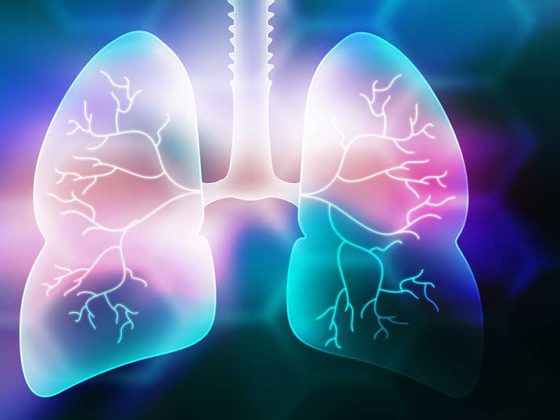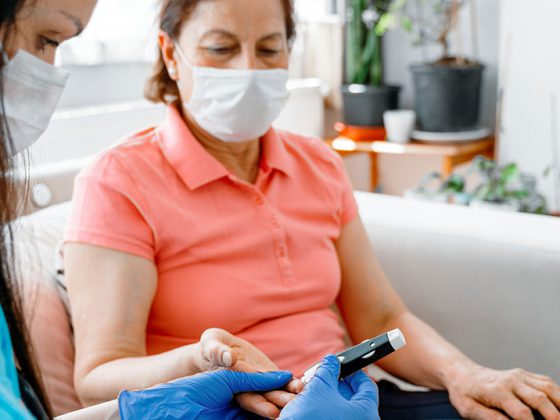A research team at Jena University Hospital measured SARS-CoV-2 viral load in a variety of organs and tissues and studied tissue damage associated with the distribution of the virus.
More than 100 million SARS-CoV-2 infections have been recorded worldwide in the pandemic, which has been ongoing for more than a year. Much has been accomplished in biomedical and clinical research of COVID-19, but key disease mechanisms remain misunderstood. A research team from virology and microbiology, forensic medicine and pathology, and intensive care medicine and electron microspie at Jena University Hospital examined the bodies of eleven patients who died from COVID-19. They recorded SARS-CoV-2 viral load in a variety of organs and tissues and related the distribution of the virus to the tissue damage detected.
Comprehensive microbiological and histological picture of COVID-19.
“Clinical observations, especially also the experience with post-COVID syndrome, suggest that COVID-19 is a systemic disease affecting not only the lungs but the whole body,” said author Dr. Stefanie Deinhardt-Emmer. “However, appropriate experimental models to study COVID-19 are lacking.” To obtain a comprehensive picture of the disease in terms of microbiology and histology in the very severe course, the scientists performed autopsies on COVID-19 patients only a few hours after each death. Thus, degradation processes on the tissues and the viral RNA could be kept low. Per patient, they documented SARS-CoV-2 viral load, inflammatory markers, and tissue damage on more than 60 samples in different organs. Using electron micrographs, they were able to detect intact virus particles in lung tissue.
Tissue damage only in the lungs
As expected, the scientists found viral RNA mainly in the lungs, and there the tissue was also severely affected. “Interestingly, we also detected SARS-CoV-2 RNA in various other tissues and organs, such as digestive organs, kidneys or the heart vessels. But only in the lungs had the virus attacked the tissue,” said forensic pathologist and co-author PD Dr. Daniel Wittschieber. The investigated inflammatory markers and coagulation factors were elevated in all patients. With their study, which for the first time comprehensively maps viral load and tissue damage in COVID-19, the Jena researchers confirm the systemic nature of the disease. “The fact that only the lung tissue is damaged, but viral RNA is distributed throughout the body, supports the assumption that our immune system cannot respond appropriately to the presence of the virus in the blood. This is the real problem with COVID-19,” says Stefanie Deinhardt-Emmer.
Original publication:
Stefanie Deinhardt-Emmer, Daniel Wittschieber et al. Early postmortem mapping of SARS-CoV-2 RNA in patients with COVID-19 and the correlation with tissue damage, eLife 2021;10:e60361, DOI: 10.7554/eLife.60361 https://doi.org/10.7554/eLife.60361











